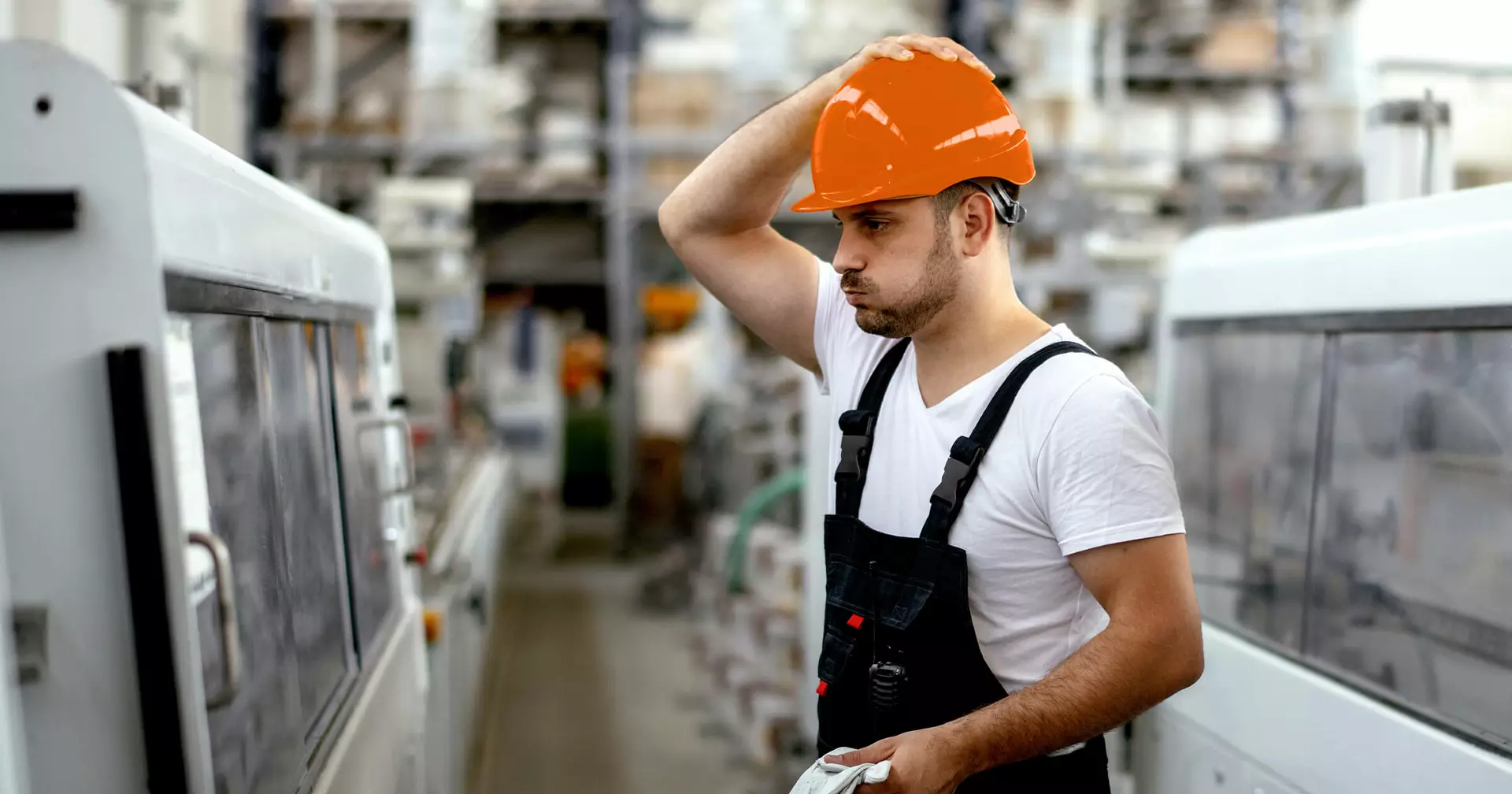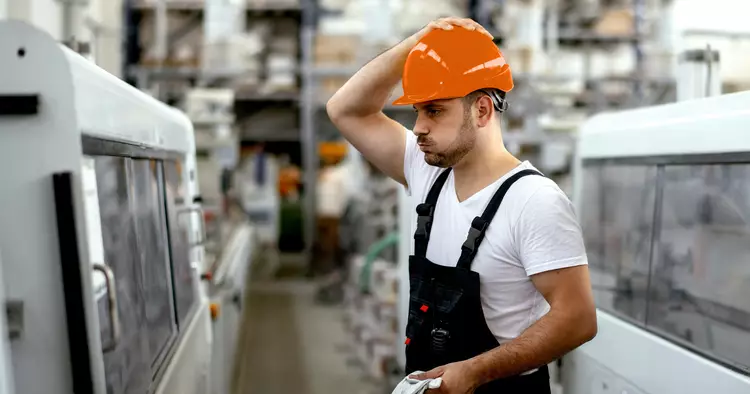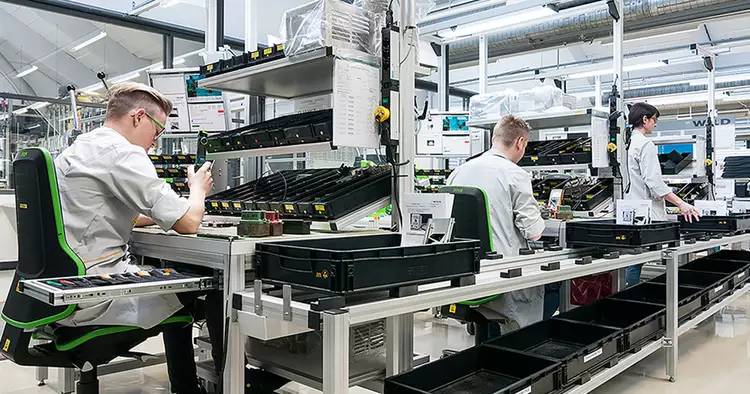I recognize three significant subcultures. First is the subculture of failure avoidance with an attitude of “Do it right the first time” (Philip Crosby). It is characterized by planning, standardization, discipline in adhering to rules and standards, and forward-looking action, as well as by acting with personal and collective responsibility.
It is secondly the subculture of experimentation with an attitude of “failing forward” (John Maxwell). It is characterized by the joy of experimentation, the willingness to make and recognize mistakes, to reject theses, to revise one’s own decisions and to respect this in others. Such a culture is an important basis for the ability to innovate.
Thirdly, there is the subculture of continuous improvement with an attitude of “higher, faster, further” (Henri Didon). It is characterized by measuring and analyzing, by ambition and the common pursuit of improvement.
The subcultures of failure prevention and continuous improvement are very compatible and can easily coexist. But the subculture of experimentation is mostly not good and not easily compatible with them. I cannot coherently demand “avoid” mistakes and “make mistakes” at the same time. And continuous improvement as well as innovation are also very fundamentally different. What does this mean for companies, which generally want and need to pursue all three thrusts? How do we get a good “as-well-as” of these cultures, rather than an “either-or”? First of all, it is important to distinguish between these subcultures and their underlying misconceptions in the first place, in terms of content and language. Not everyone in the company has to belong to all three subcultures. Accordingly, it is advisable to differentiate according to roles: people in charge of process, improvers, and innovators. Then it is important to create and promote a high level of mutual appreciation among these role holders. This requires the innovators’ appreciation for the process runners’ rule discipline and the improvers’ small-step approach. And it requires their appreciation for the innovators’ disruptive, experimental, revisionary approach. This does not complete the creation of advanced failure cultures, but at least it creates the necessary prerequisite.







Comments
No comments